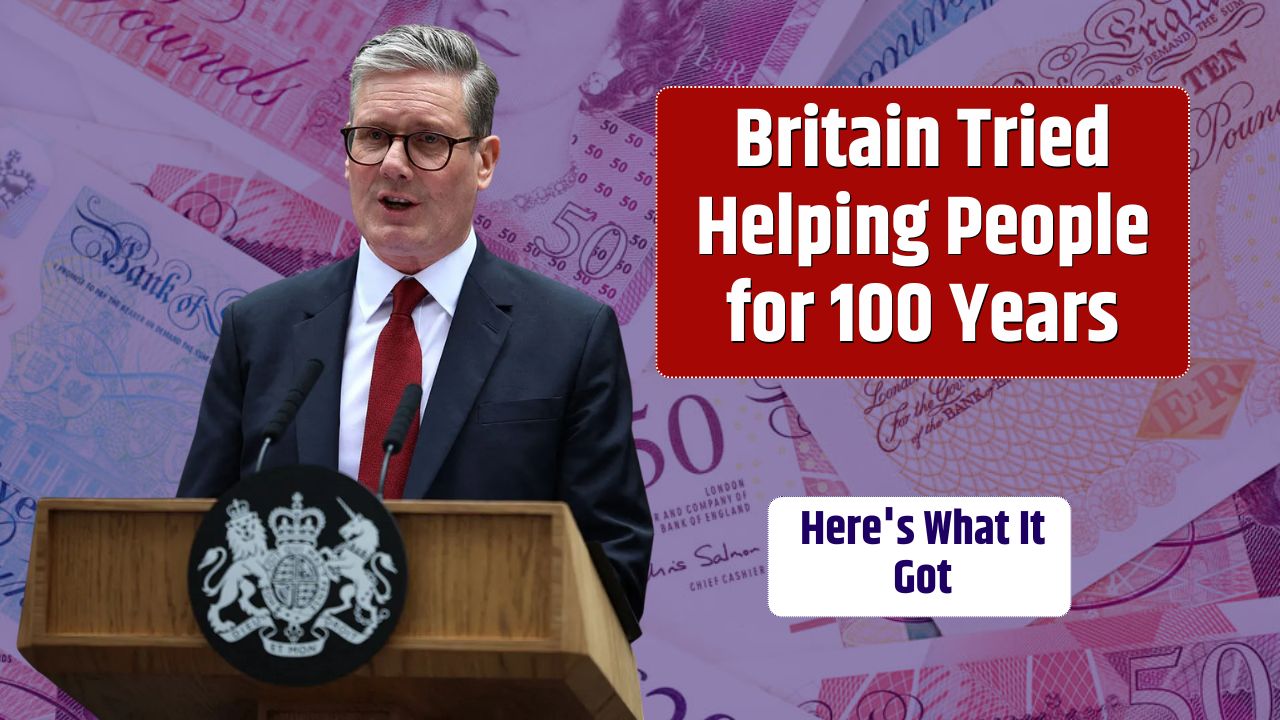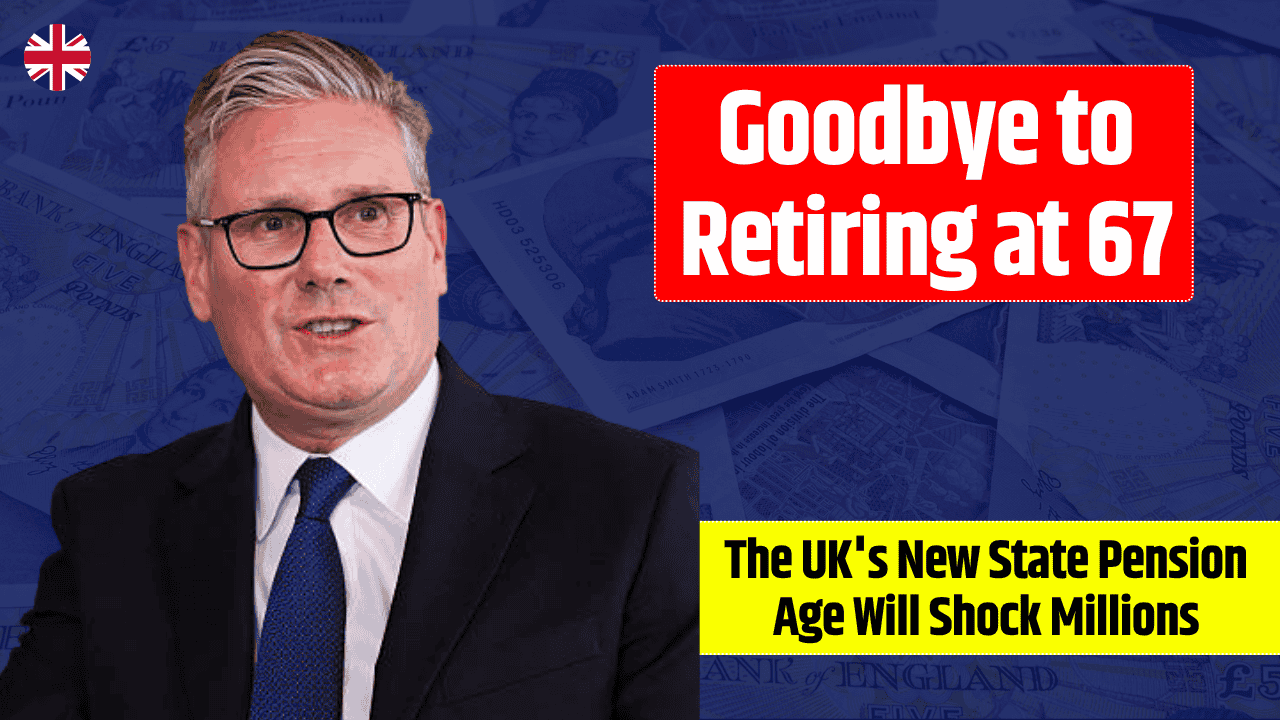For over a century, the British welfare state has been a defining feature of national life—offering a social safety net in exchange for collective responsibility. It was born out of a radical yet humane idea: protect citizens from life’s worst hardships, including illness, unemployment, and old age.
But in 2025, that once-stable contract is under severe financial strain. Mounting demographic, economic, and political pressures are forcing the UK to confront an uncomfortable question: Can the welfare state as we know it survive?
Table of Contents
A Legacy of Social Security
The roots of the welfare state trace back to the People’s Budget of 1909, introduced by David Lloyd George. It launched the first National Insurance scheme and declared war on poverty. That foundation expanded in 1948 with the creation of the National Health Service (NHS), offering universal healthcare funded by general taxation.
Since then, the welfare system has grown to include:
- State Pensions
- Unemployment benefits
- Disability allowances
- Housing and child support
- Free healthcare and social services
At its heart, the system was built on a moral promise: no one in the UK should fall into destitution simply because they are sick, old, or unlucky.
Cracks in the Foundation
Fast-forward to today, and that vision is faltering. A range of interlocking challenges is testing the limits of what the welfare state can deliver:
| Challenge | Impact |
|---|---|
| Aging population | More people drawing pensions and using NHS services |
| Low economic growth | Sluggish tax revenue to support rising costs |
| Rising public debt | Limited room for increased borrowing |
| Decline in defined benefit pensions | Reduced private investment in government debt |
| Climate change | Long-term drag on public finances and infrastructure costs |
The system now finds itself paying out more than it takes in. Without significant reform, this imbalance could widen further—forcing tough fiscal choices.
Why Reform Is Politically Explosive
Despite years of warnings from economists, successive governments have hesitated to act decisively. Promised spending cuts were reversed, and planned tax rises scrapped, often in response to public backlash or short-term political pressure.
Policymakers fear the reaction to:
- Raising the State Pension age
- Cutting NHS services
- Reducing universal benefits like free prescriptions or winter fuel payments
These programs are deeply woven into British life—and voters view them as earned entitlements, not temporary assistance.
The Risk of Doing Nothing
While avoiding hard decisions may seem politically safe, it comes at a cost. Without intervention, the UK could face:
- Ballooning deficits and borrowing costs
- Inefficiencies that waste taxpayer money
- Greater inequality as services erode for the most vulnerable
Experts warn that without reform, the welfare state risks collapsing under its own weight—undermining the very protections it was designed to provide.
Possible Paths Forward
Several reform ideas are under discussion, though each comes with trade-offs:
| Proposal | Goal |
|---|---|
| Means-testing State Pensions | Focus support on low- and mid-income retirees |
| Restructuring public sector pensions | Align long-term costs with economic realities |
| Raising the retirement age | Reflect longer life expectancy |
| Scaling back universal benefits | Prioritize support for those most in need |
| Tax reform | Broaden revenue to fund essential programs |
These ideas won’t be popular—but they may be necessary to preserve the core mission of the welfare state.
The Future of Social Solidarity
The British welfare state has been a pillar of social cohesion for generations. But now, reform is no longer optional—it’s essential.
The challenge for policymakers is clear: balance compassion with sustainability, and adjust public expectations to reflect modern fiscal limits.
If change doesn’t begin soon, the crisis will deepen—and the choices will become even harder. The time for serious national debate has come.
FAQs
Is the UK welfare state collapsing?
Not immediately, but rising costs and an aging population mean the system is on an unsustainable path without reform.
Will the State Pension be cut?
There are no immediate cuts, but the cost is expected to surpass 9% of GDP, leading to discussions about future means-testing or age changes.
What kind of reforms are being considered?
Private sector demand for government bonds has dropped due to pension fund shifts, increasing the government’s cost of borrowing.





















